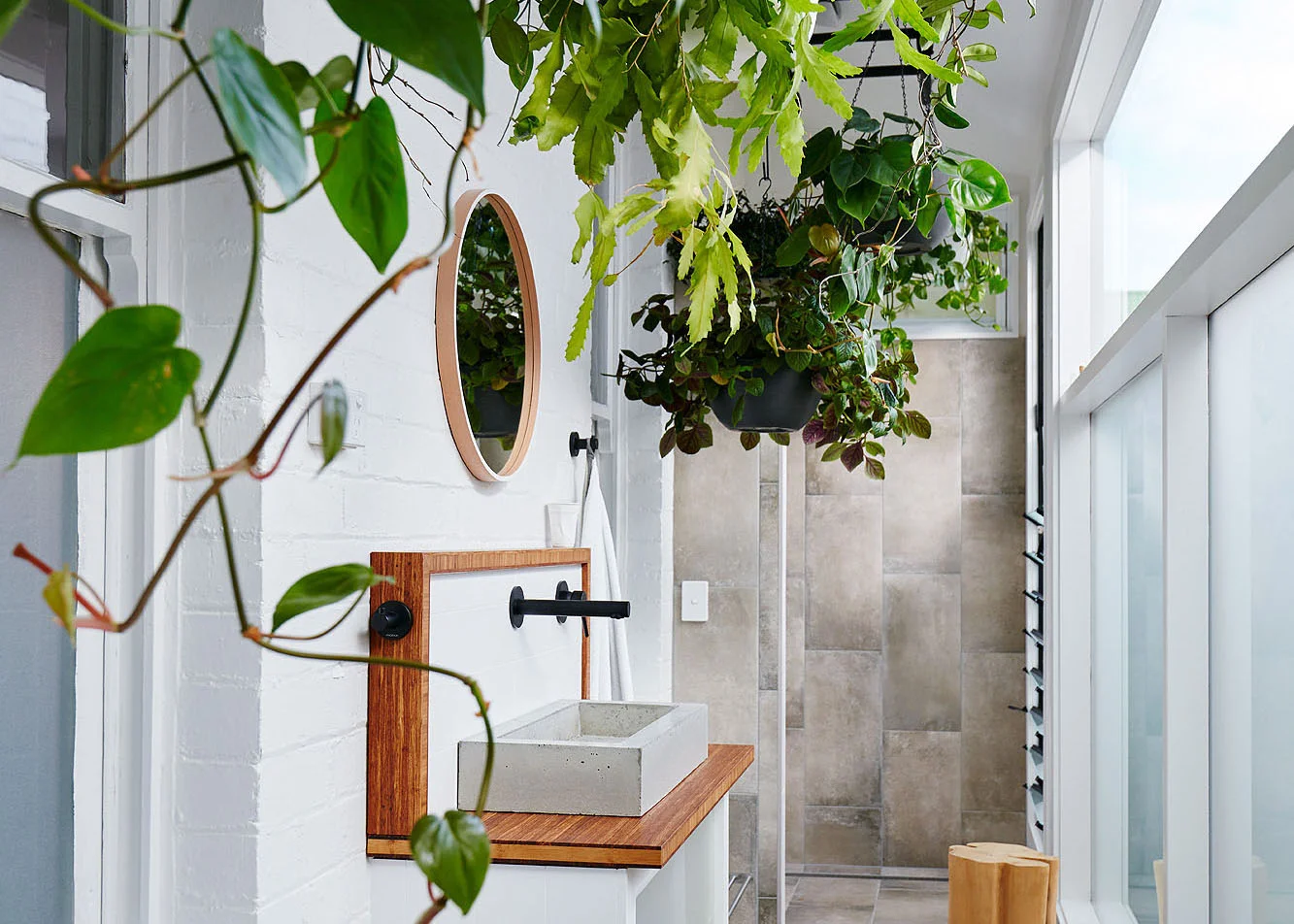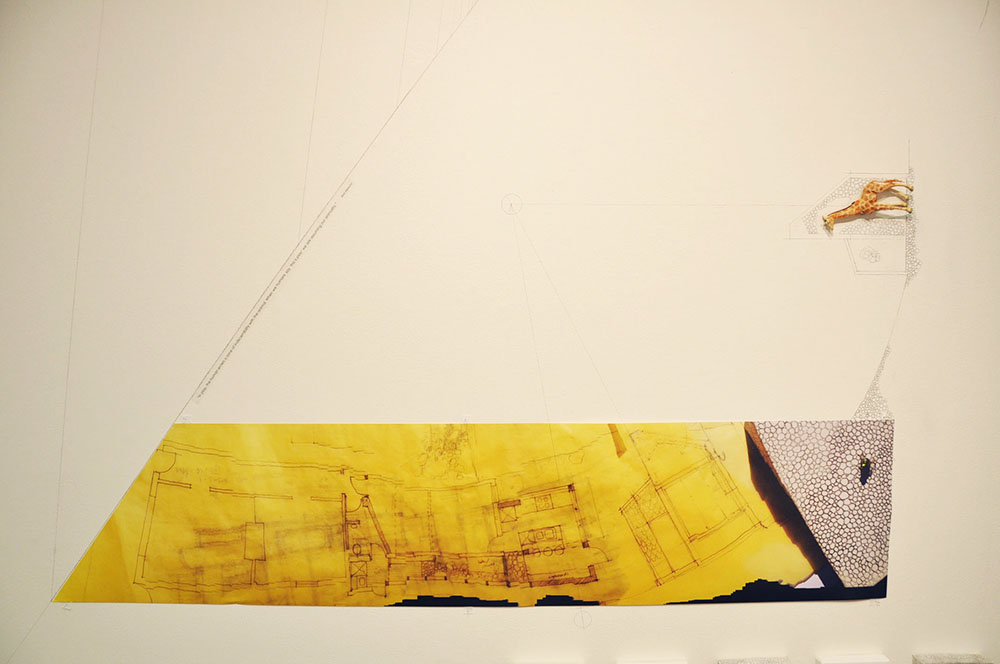On December 14, 2020, looking forward to talking ab out the Jane Approach at:
Art and Sustainability FORUM
About this Event
The Art and Sustainability FORUM brings together key thinkers in public art, sustainable practice, conservation, and design to discuss ways of amplifying the powers of public art in addressing the key pillars of sustainability. The forum is designed to accompany the David Greybeard public artwork to key sustainability congresses globally.
Art and design are working with responsible corporations and businesses to create change and raise awareness about some of the most pressing issues of our time: environment degradation, extinction of species and climate change. The multi-faceted role of contemporary art in highlighting environmental issues, expressing criticism towards unsustainable factors in society, and offering imaginative solutions for the achievement of sustainability arose as a movement which began in Berlin in 1989, a time artist Lisa Roet was residing in Berlin. This movement has slowly arisen as one of the most powerful modes of expression in the debate about climate change and extinction of species. Sustainable art is produced with consideration for a wider public impact and its reception in relationship to its environments. Humans place within nature is central to this discussion.
Convenor:
Grace Leone
Speakers:
Lisa Roet
Artist, Melbourne, Australia, David Greybeard, Artist, 2020
‘Conservation and contemporary art can combine to create a new vehicle for change.’ Lisa Roet
Pia Ednie-Brown
Professor of Architecture, Creative Practice Research Director, School of Architecture and Built Environment, University of Newcastle, NSW.
‘Art can help reconnect us to the life of the world, and remind us that we are never alone, even (and perhaps especially) in the absence of other humans.’ Pia Ednie-Brown
Matthew Selinske
Postdoctoral Research Associate| ICON Science Research Group, School of Global, Urban and Social Studies, RMIT University.
‘While it might not be our fault that our system consumes unsustainably, it is our responsibility to do something about it, to change both our behaviour and the unsustainable structures in society it supports. Contemporary art can help challenge these structures and reflect the change that is needed.’ Matthew Selinske
Michael Anderson
Manager Utilities, Property Services, RMIT University
‘Consideration of the environmental footprint of art, by the artist, is of increasing importance globally.’ Michael Anderson
To find out more about the Art and Sustainability FORUM SERIES and the David Greybeard public artwork by Lisa Roet click on this LINK
Please visit public artwork David Greybeard by Lisa Roet currently installed on the side of Arts Centre Melbourne’s Hamer Hall, overlooking the Yarra River, Melbourne CBD from 3-23rd Dec 2020.
To attend the online forum on the day please click on this LINK
This forum is supported by RMIT University Sustainability and RMIT University Contemporary Art and Social Transformation (CAST).
Image Credit : John Gollings













